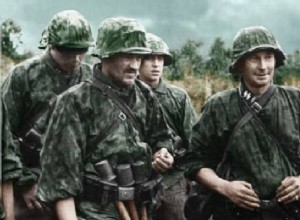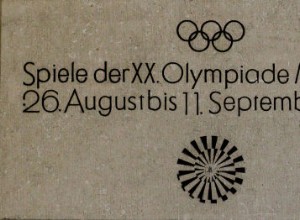After the terrorist attack by the Palestinian organization Black September and the murder of Israeli athletes participating in the Munich Olympics in 1972, Israel decided to respond forcefully. The reaction came in the context of Operation Wrath of God. The Company Fountain of Youth was part of




